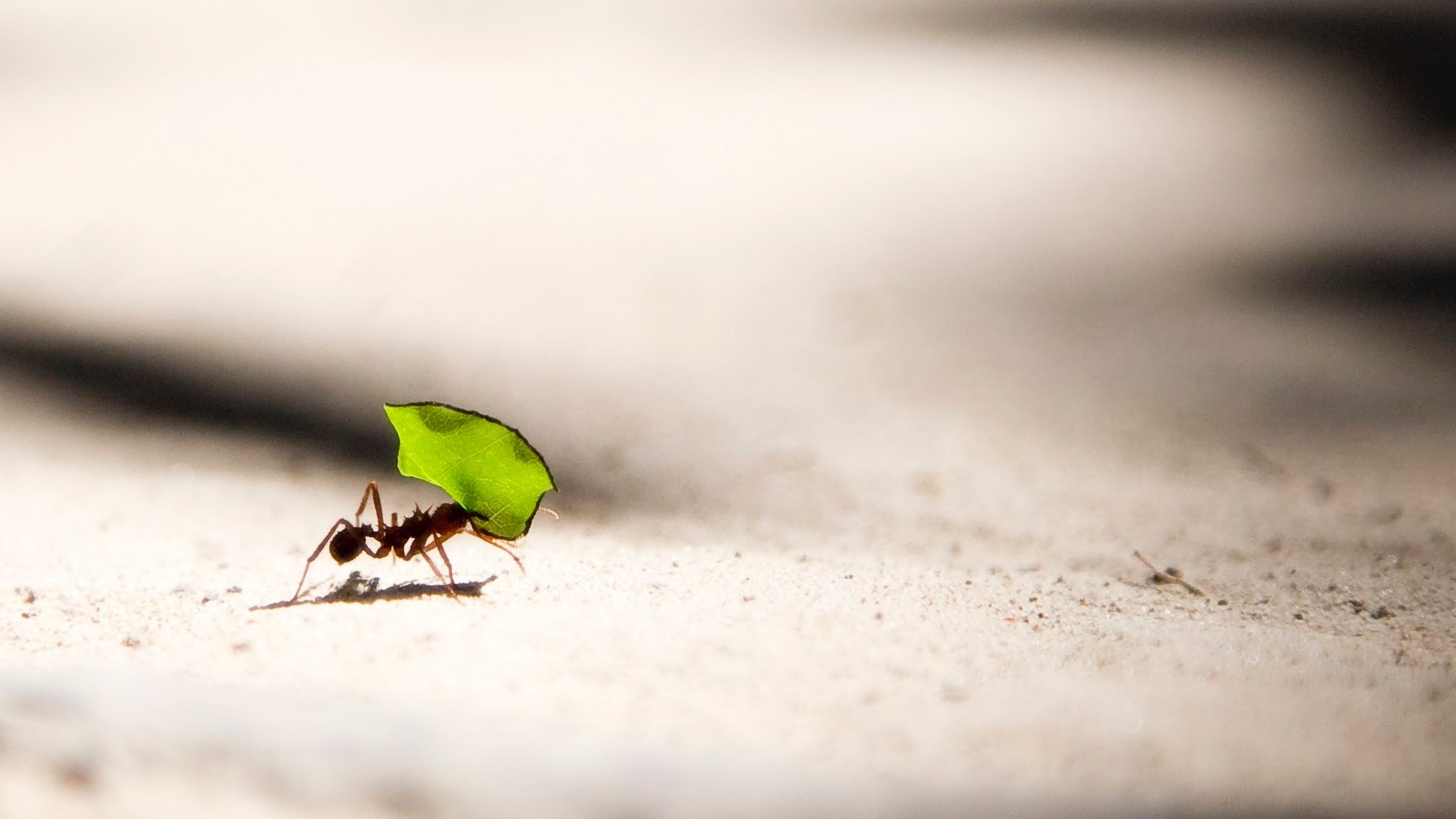
Researchers at MIT have developed a robot inspired by ants that navigates using the sky rather than GPS.
Desert ants travel huge distances in the Sahara, yet have only a few brain cells to determine where they're going and how far they've travelled. Using scent or pheremone trails would be impossible, because the chemicals would be destroyed by the fierce sun.
Instead, the ants use polarized sunlight to work out their heading, and 'count' their footsteps to determine how far they've traveled.
- Get kids into coding with the best robot toys of 2019
- Mekamon V2 is an augmented robot with attitude
- Robot pets and companions: useful or sad gimmicks?
AntBot uses two light sensors with a resolution of just 14 pixels, fitted with rotating polarized filters, to navigate the same way.
Where to?
The results are impressive – particularly when compared to other non-GPS navigation, which tends to drift and become inaccurate with increasing distances.
"The mean homing error recorded during the overall trajectory was as small as 0.67% under lighting conditions similar to those encountered by ants," said the researchers in a report published in Scientific Robotics.
It's also affordable, and could be helpful in future for situations where GPS is unavailable – enabling self-driving cars to operate safely if their regular navigation fails, for example.
Get daily insight, inspiration and deals in your inbox
Sign up for breaking news, reviews, opinion, top tech deals, and more.

Cat is TechRadar's Homes Editor specializing in kitchen appliances and smart home technology. She's been a tech journalist for 15 years, having worked on print magazines including PC Plus and PC Format, and is a Speciality Coffee Association (SCA) certified barista. Whether you want to invest in some smart lights or pick up a new espresso machine, she's the right person to help.